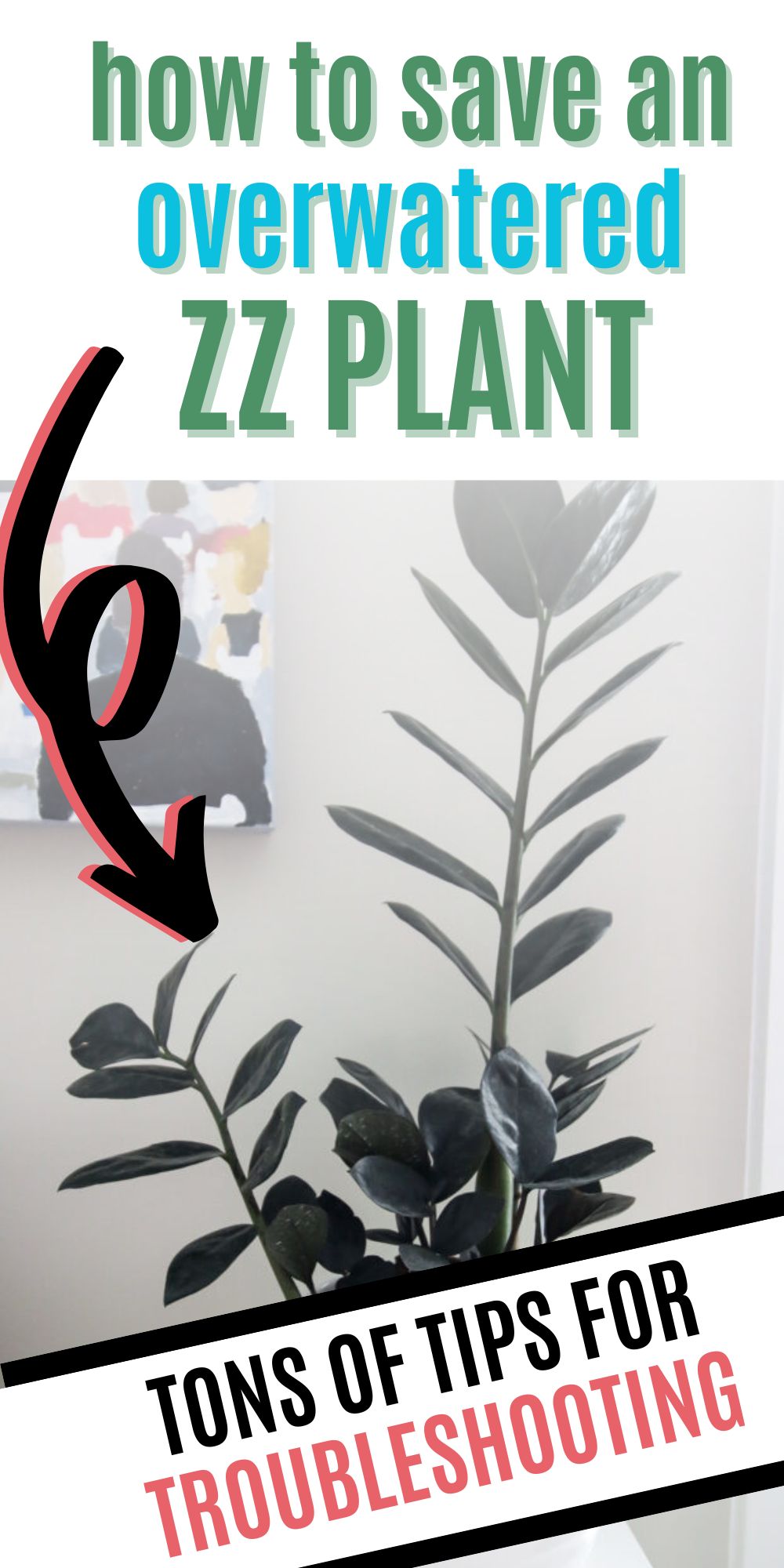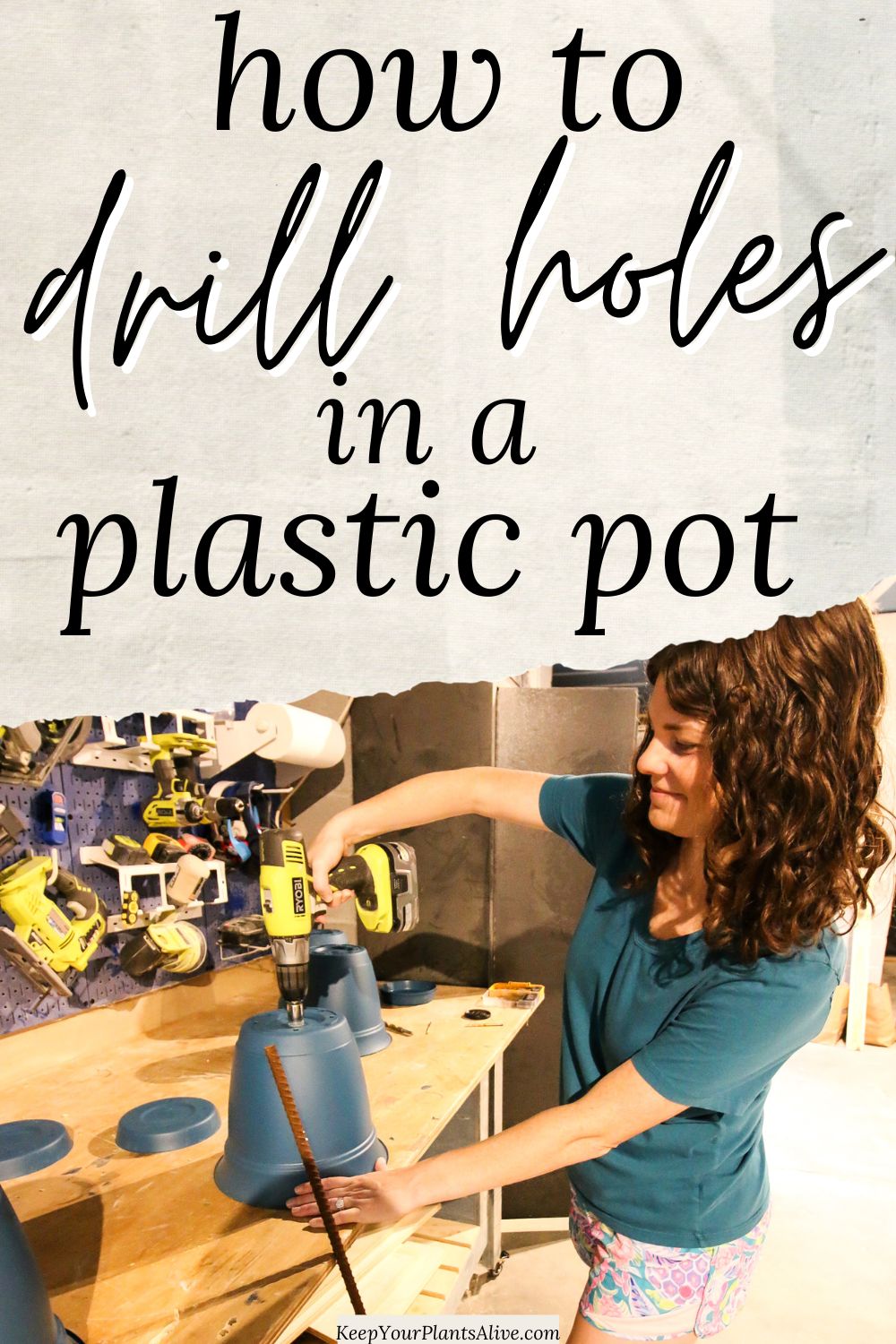Wondering should I mist my pothos? Here are the pros and cons - and other options for increasing humidity of your pothos plant.
Pothos are very popular houseplants that manage to find their way into the homes of many.
Not only are they quite easy to maintain, but they also look beautiful in any spot in your home.
Besides requiring more natural light and a humid environment, they are considered adaptable and can grow large indoors.
However, one of the most common questions people have is whether they should mist their pothos plants. Is this a necessary course of action? Are we making the plant happier with it? Let’s find out!
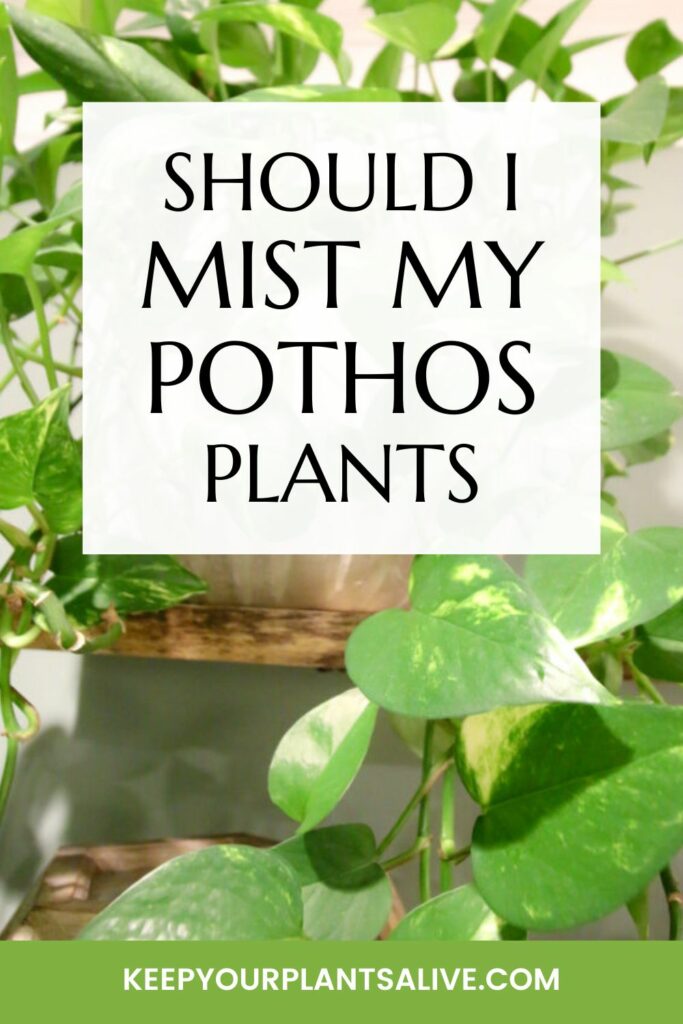
Other pothos content you might enjoy:
- Golden pothos care guide
- Cebu Blue pothos care guide
- Baltic Blue pothos care guide
- Marble Queen pothos care guide
- Global Green pothos care guide
- Neon pothos care guide
- NJoy Pothos Care Guide
- Why are my pothos leaves turning yellow?
- Why are my pothos leaves turning brown?
- Why is my pothos plant not growing leaves?
- Why are my pothos cuttings rotting
- How to move pothos from water to soil
- Should I mist my pothos?
- How to make pothos fuller
- Can you propagate pothos without a leaf?
- Can you propagate pothos from a leaf?
- Can you propagate a long pothos vine?
- Where to cut pothos for propagation
- Pothos vs Snake plants: which is better for beginners?
- Cebu Blue Pothos vs Baltic Blue Pothos
- How to propagate pothos
- How to propagate golden pothos
- How to propagate a satin pothos
- How to propagate pothos in soil
- How often to water pothos plants
- How to care for variegated pothos
- How to revive a dying pothos plant
- Why are my Pothos leaves curling?
- How to identify and treat common pothos pests
- How to divide pothos plant
- How to make pothos grow bigger leaves
- Why does my pothos only have one vine?
- Can you grow pothos in low light conditions?
- How to cut off dead pothos leaves
- Are pothos plants toxic to cats and dogs?
- Can you grow pothos in water?
- Why is my pothos droopy?
- Why is my pothos plant dropping leaves?
Printable Pothos Plant Care Guide
Join the (free!) KeepYourPlantsAlive+ community to access this exclusive printable plant care guide! Or keep scrolling for more!

Does Pothos like to be misted?
Generally speaking, pothos doesn’t require misting to grow. Actually, the leftover drops can often do more harm to the greenery than good. So, let’s see if misting pothos is as beneficial as some people say and should you mist pothos regularly.
From a beneficial point of view, misting is oftentimes recommended as the extra step to take toward keeping all your indoor plants happy and healthy.
When in fact, misting doesn’t make such a great change to the environment, as it’s not powerful enough to actually raise the humidity level.
Misting pothos is good if you want to keep them free of dust and dirt, but you have to wipe the water drops from the leaves afterward.
Leaving any water droplets can only contribute to the development of various diseases or pests spreading all over the plant, negatively affecting their growth.
So, do pothos like to be misted or not?
Just like with any other practice out there, this one has some positive and negative aspects, as well. This is why we decided to take a look at both sides and help you decide whether you should do this or not.
We’ve created a small pros and cons list for you in the hope that it will help you decide what is best for your indoor plant. Let’s dive right in!
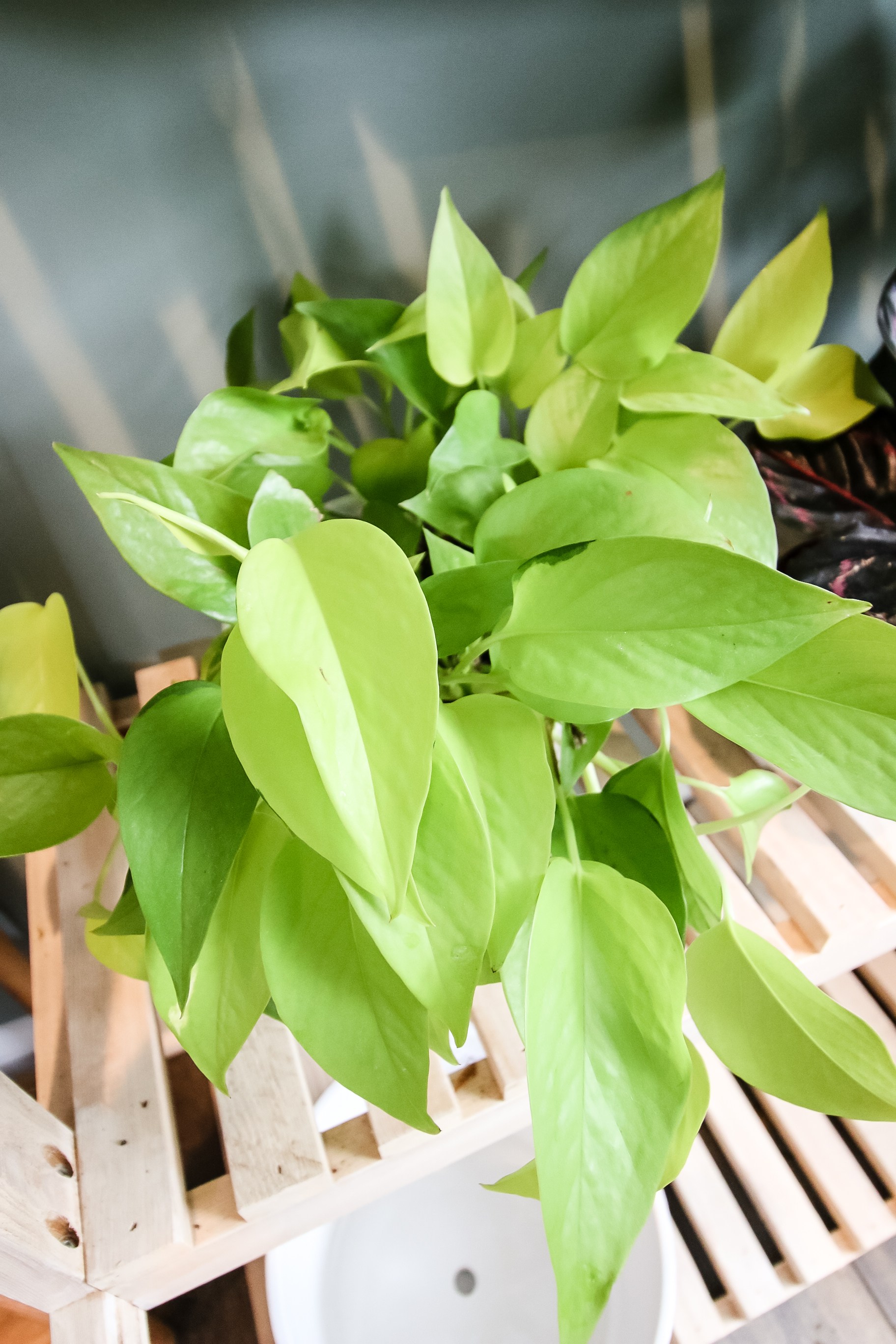
Pros of misting pothos
Increase humidity
First and foremost, we ought to mention that the opinions on this one are still divided. Some people believe that you can mist pothos without any serious consequences, and others disagree.
Being a tropical plant, pothos thrives in a rainforest environment. It is a greenery that loves moisture and can’t withstand drought.
By misting pothos, you might increase the humidity around temporarily. Even if it is for a short period, it can still be beneficial for the plant.
If you want to invest in long-lasting humidity, consider purchasing a humidifier, which actually creates humid air that lasts.
Pest prevention
Many pothos pests do not like humid environments. So, misting can help in preventing pests such as spider mites or mealybugs. In this way, misting can help deter pests or reduce infestations would be helpful.
Cleans the leaves
Keeping dust off the leaves of any plant is very important. By misting pothos, then wiping down the mist with a dry and clean cloth, you will help remove any dust buildup and allow the leaves to breathe.
Consider it contributing to their health – they can absorb water better and release more oxygen.
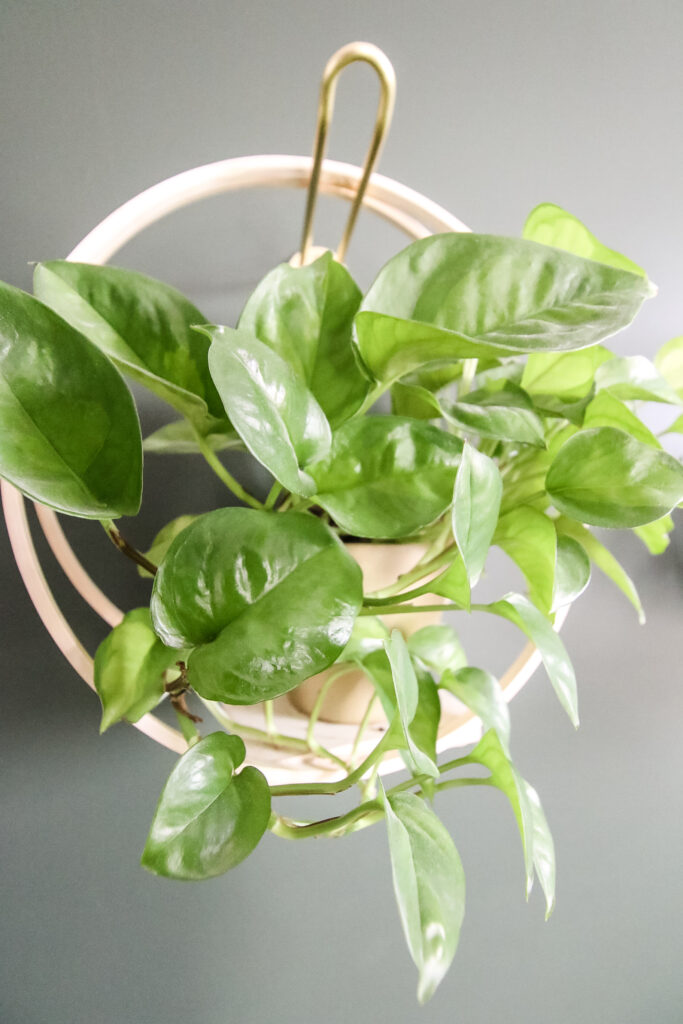
Cons of misting pothos
Not much humidity
Yes, you may increase the humidity around the plant for a short period of time. However, this won’t last long.
The humidity will increase for only a few minutes, but not longer than that. As I’ve already mentioned, If you are looking for a long-term solution, it might be better to invest in a humidifier.
Fungus and diseases
Misting a healthy plant can be a good idea, but any pothos plant with fungus signs should be treated first.
Over-misting or leaving water droplets on the leaves can lead to fungal diseases or leaf damage.
If you continue to mist pothos plants that are already dealing with a certain issue, you may just make things worse. In this case, it can help spread the pests or the disease, ultimately resulting in a wilting plant.
The key here is frequent checks. Take a good look at your plant and see if there are any issues you should treat before misting to avoid fatal consequences.

Alternatives to misting
Other ways to increase humidity of pothos plants includes:
- placing the plants on a pebble tray filled with water
- grouping them with other plants to create a microclimate
- running a humidifier
If you choose to use a mister, best practices for misting include using distilled water and wiping off excess moisture.
Does pothos require both misting and watering?
In many cases, people who mist their pothos plants avoid watering them often. It is important to differentiate between misting and watering a plant.
Spraying it with water can only freshen it up a little bit, but water is still necessary for healthy growth.
Do you know how many times you need to water your pothos plant? This gorgeous piece of flora should receive water about 1-2 times a week during the hotter months and once every 2 weeks during the colder months.
Allow the water to drain through the plant, and after that, you can put the pot back where it belongs.
Avoid leaving the water in the tray of the pot, as this can quickly lead to the development of root rot. Eventually, if left untreated, it leads to extensive damage and kills the plant.

Snip or mist the yellow leaves?
If you notice any yellow leaves when you try to mist your pothos plant, then it would be best to just cut them off.
Take a clean pair of scissors and cut off the yellow leaves. If you make a mistake and mist the plant with yellow foliage, you can contribute to fungus or another disease, which will weaken it.
Misting is an excellent idea if you reside in an area with low humidity. Doing this every morning will liven the plant up a bit.
Even if you’re simply having a dry summer, misting the plant can be super beneficial.
However, don’t forget to consider all the cons we’ve mentioned about how damaging can misting your pothos plant can be.
Turn to watering it regularly instead of misting it often, as that will have a more positive impact on it. Knowing how to care for your pothos will result in a glowing, thriving, healthy plant for you to enjoy!
Do you want to read more about the pothos plants? Download our free PDF Pothos plant care guide and learn about this tropical greenery!

Thanks for reading!


Hey there, I'm Morgan, a houseplant enthusiast from sunny Charleston, South Carolina. Growing up surrounded by my mom's lush orchids and African violets, I discovered the magic of bringing nature indoors. Thanks to the pandemic, I delved deeper into houseplants, discovering their power to uplift moods and transform spaces. I'm here to spill all my secrets, helping you pick the perfect houseplant - and make it happy. Let's keep your plants alive, together! 😊



